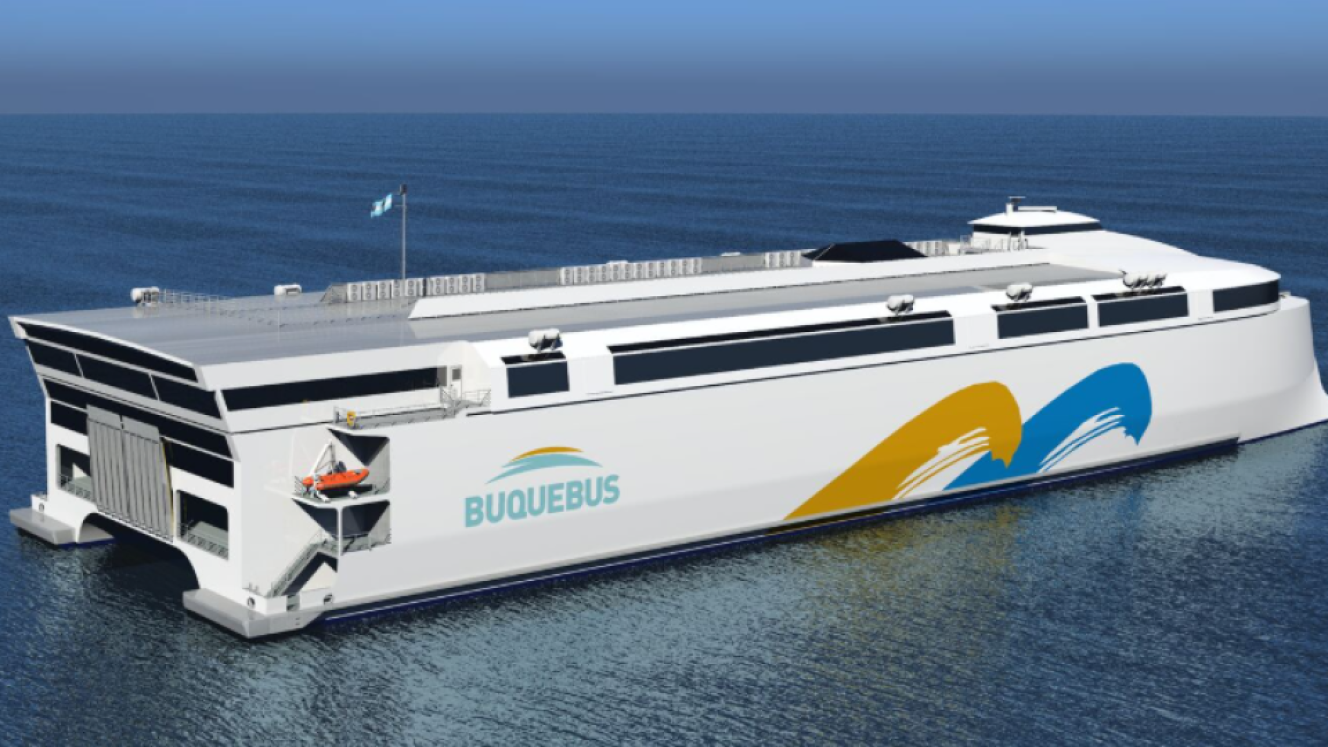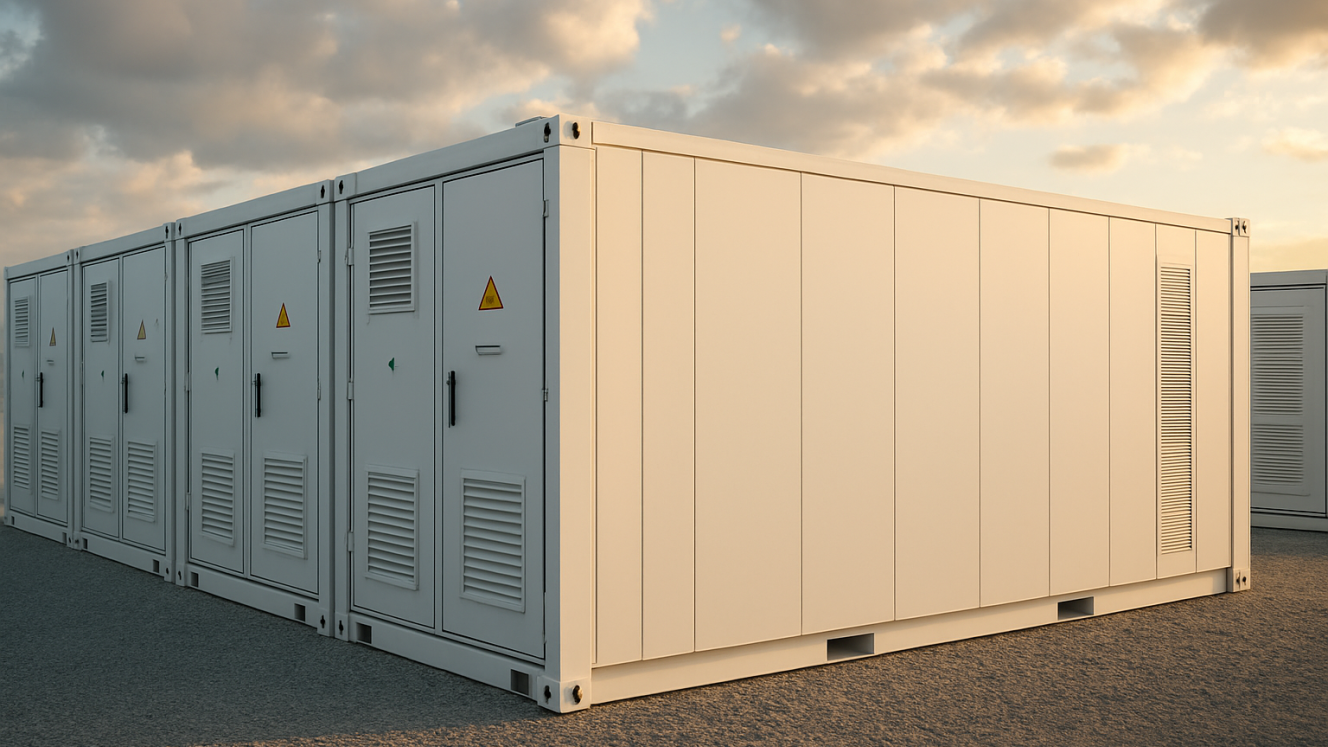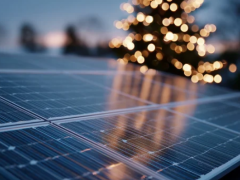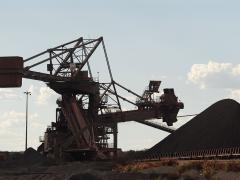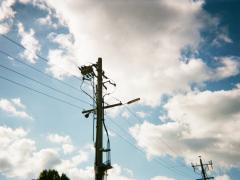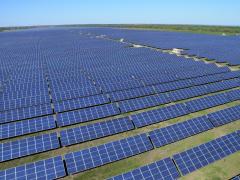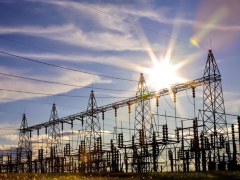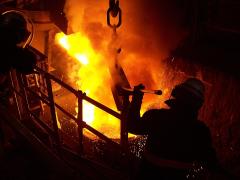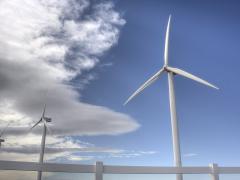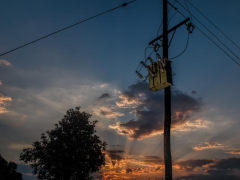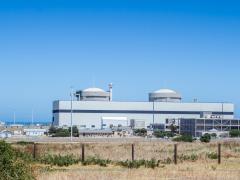Australia’s Incat Tasmania shipyard has launched what is claimed to be the world’s largest battery-electric ship, incorporating a 40 MWh energy storage system (ESS) supplied by Wärtsilä. The vessel, built for South American ferry operator Buquebus, demonstrates the growing viability of large-scale battery propulsion systems in commercial maritime applications.
The ship, known as Hull 096, was originally intended to be liquefied natural gas-powered but was reconfigured as a fully electric vessel.
Once in operation between Buenos Aires and Uruguay, the 130 metre vessel will run entirely on battery power, transporting up to 2 100 passengers and 225 vehicles across the River Plate.
The vessel is equipped with over 250 tonnes of batteries and an ESS that, according to Wärtsilä, is four times larger than any previous maritime installation. The ESS is connected to eight electric-driven waterjets.
“Ferries play a vital role in meeting growing demand for environmentally sustainable transport options with ship electrification a key solution for enabling the sector to transition towards net-zero emissions,” said Roger Holm, President of Wärtsilä Marine and Executive Vice President of Wärtsilä Corporation.
“This ship proves that large-scale, low-emission transport solutions are not only possible, they are ready now,” added Incat Tasmania CEO Stephen Casey.
Final fit-out, battery installation and energy system integration will take place ahead of sea trials later this year on the River Derwent.
